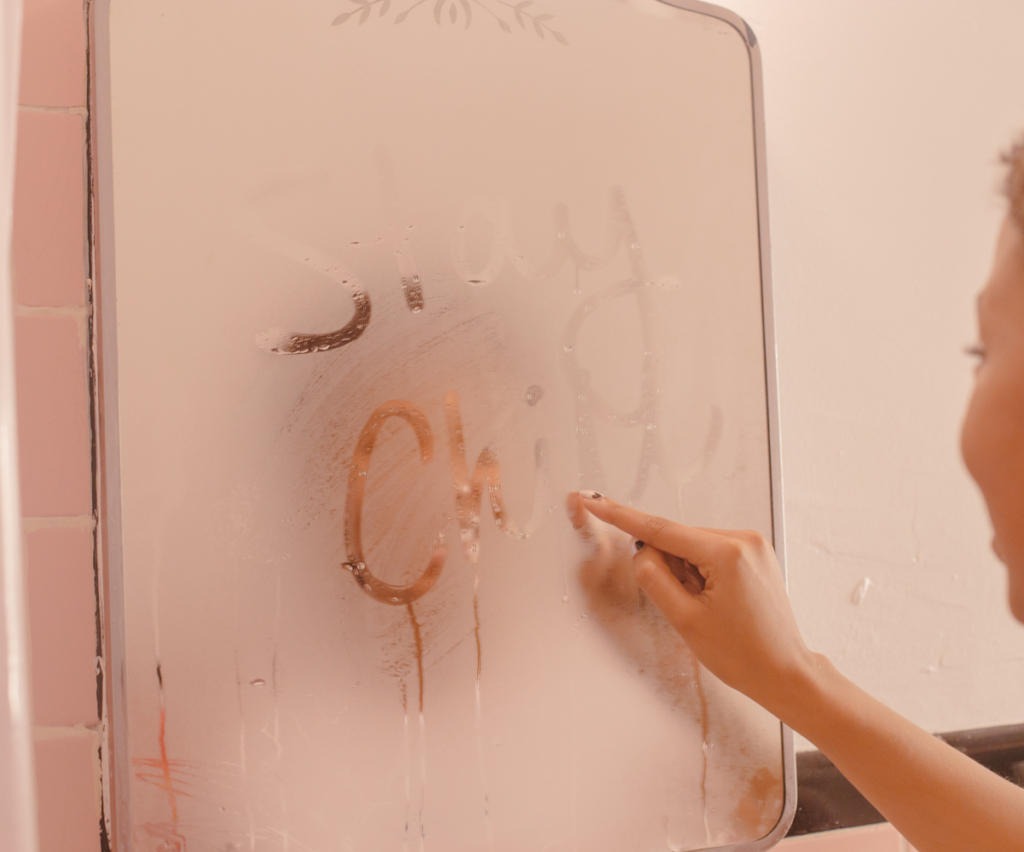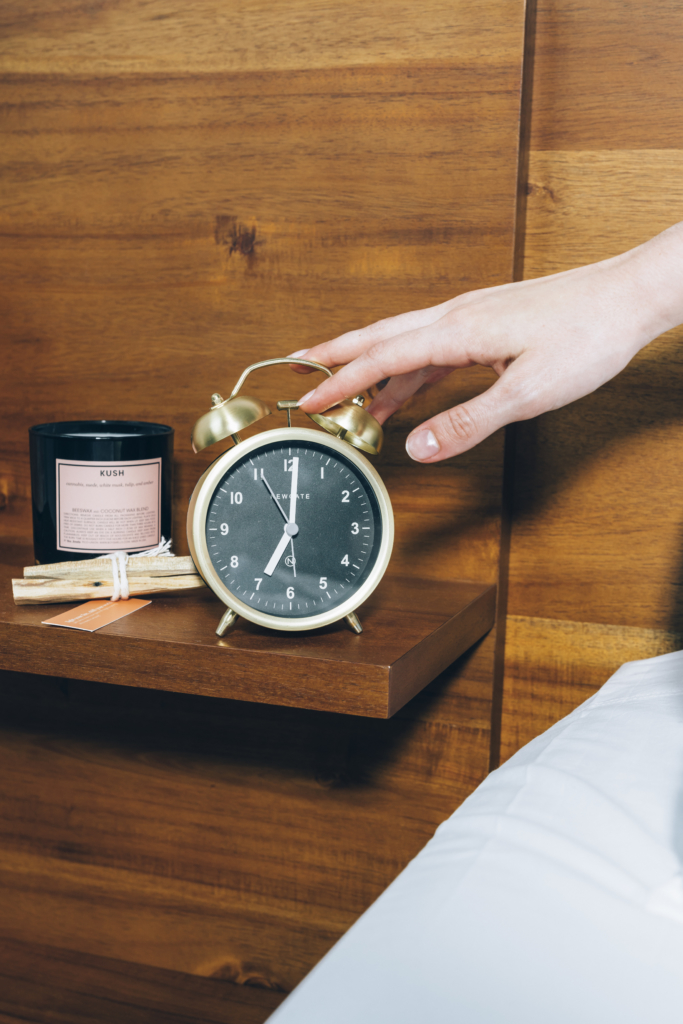
It happened on the subway, three stops from my apartment, on a Friday night about one month ago. “Shit, I’m actually dying,” I thought to myself as I looked at the floor where I imagined my body would be sprawled at any moment. My chest felt tight, my thoughts were racing, and the car full of strangers began to spin. Nausea overwhelmed me just as the doors opened and I whispered to my boyfriend, “Get me home.” A few steps from our door, I realized what the hell was happening to me and that it wasn’t the first time.
I’ve had this feeling many times in the last few years, but it was my senior year in college that finally brought light to a pattern. Midway through my final week of classes, I woke up my roommate and told her to drive me to the hospital. Moments before, I did what any kid in trouble does when they feel out of control: I called my mom. She frantically did her best to calm me down over the phone, but I was convinced it was serious and in turn convinced her of the same. Long story short, the male doctor told me the pain I was experiencing was an acute anxiety attack and that maybe I should start doing yoga. Though I have nothing against yoga, I had gone to him seeking real medial advice, but there’s nothing like a bit of patronization to make you think you’re being ridiculous.
At the time of the incident, I had no idea what my anxiety was and, in all honesty, I thought I was having a heart attack. The crushing weight on my chest made it feel as though I couldn’t breathe. Combine that with stifling nausea, uncontrollable crying, and hyperventilating that made me see stars and almost lose consciousness, and it was safe to say I was scared.
However, the attacks persisted, and with each incident, I saw similarities and patterns that began forming. Eventually, I decided to approach the anxiety attacks as I would a recipe—given that recipe would be something extremely complicated like a turducken on Thanksgiving night, only an hour before dinner time. I viewed each ingredient as a symptom, and decided that the end result will either fail or succeed based on how I treated each component. The following are what ultimately allowed me to gain a sense of control when the anxiety was too much to handle.

Deconstruct
No matter how many times I’ve suffered from an anxiety or panic attack, they still creep up on me like that third tequila shot at the bar. Before you know it, the walls are closing in and you’re desperately trying to claw your way out before you blackout or dance like an idiot on the bar – we’ve all been there before. When the sensation of looming anxiety begins to creep in, grab the nearest notepad and write down your symptoms like you would a grocery list. Chest pains, dizziness, sobbing uncontrollably like I did at the end of The Notebook—each person has their own experience, and breaking it down in such a simple way can give you perspective and self-awareness that can bring you back to “chill.” Pro tip: keep that list close. The next time you feel one come on, read it to yourself. Knowing what you’re up against will make calming the situation down a bit easier. Also, jot down what you do to attempt to chill each time. What works? What doesn’t? Is it the same every time? Or do the symptoms present themselves in random combinations? Having this knowledge on hand will help keep you grounded and sane.
Reach Out
Don’t suffer alone. Be it your dad, your best friend, your journal, or your dog, tell someone what is on your mind. Instead of bottling up all of your feelings until the peak of the attack, unload your burdens at the starting point. If your partner is your go-to when times get rough, discuss what you need from them. For example, my boyfriend knows that what I require is silence, a hand to hold, and his shoulder on which to dry my tears (and snot). If you do seek help by way of a therapist or a doctor, emergency service, or otherwise, DO NOT let anyone tell you that you should lower your stress levels, meditate, or simply “get over it.” While those methods might be helpful for some, they don’t work for everyone, and some people do require real medical attention. The anxiety you are experiencing is real, and anxiety attacks are far more serious than the mansplaining physician allowed me to understand years ago.
Have a Plan of “Attack” Similar to Your Self-Care Routine
When I feel the initial sensations of anxiety, I immediately lie down, turn off the lights, breathe deep and slow, light some candles, grab a box of tissues, some relaxing oil or meds, and zone out. Just like a fire drill, having a set plan for how to relax has helped me… relax. With a major attack happening every 2-4 months, I decided to establish a routine as nurturing and necessary as my nightly self-care rituals. Just as I would reach for my Gua Sha or face oils before bed, I also reach for my must-haves when I’m way too caught up in my feelings and the build-up begins.
Medication Isn’t Always the Enemy
The conversation surrounding mental health is opening up so many opportunities for those without prior resources to improve their lives and daily state of mind. With that comes breaking the stigma of psychiatric medications and treatments. I always have a prescription of mild sedatives ready to go just in case. Even though I don’t reach for them every time, knowing I do have access if I need it is soothing. If you don’t know where to start with medication, simply begin by having a consolation with a psychiatrist, a professional that can address any concerns or questions about specific medications.
Anxiety attacks will forever be a part of my and many other peoples’ existences, of that I have no doubt. But as with each ailment, mental or physical, the road to balance and stability can only begin if you open yourself up to the potential of healing. These steps might not be a cure-all, but they will hopefully bring some light when the darkness seems a little too close for comfort. And if all else fails, reach for a cookie recipe and go to town.
[Editor’s Note: Since we’re not know-it-alls, always make sure to consult with a doctor before trying anything new. We’re here to guide and provide information that could potentially help, but each person is different so do what’s right for you!]
–
Feature image via Emma Craft

